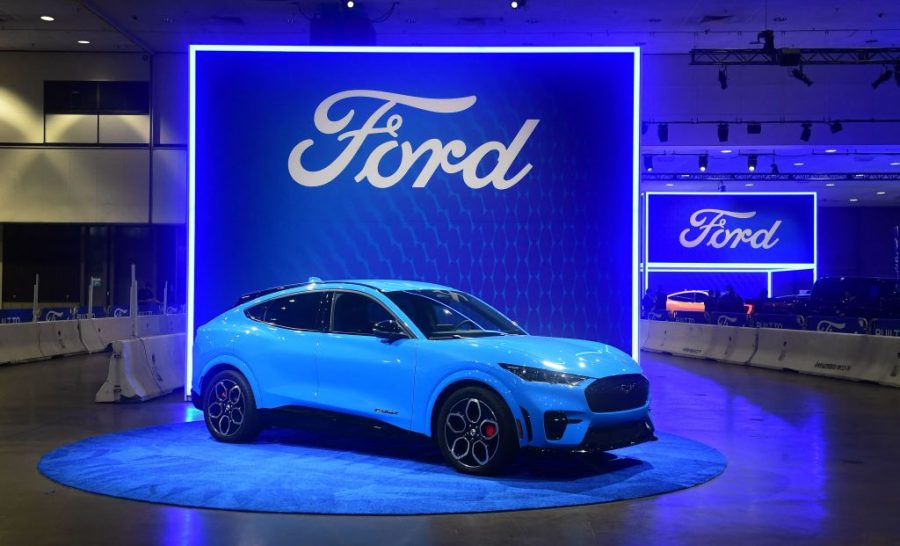
Ford Rethinks Electric Vehicle Strategy Amid Mounting Cost Pressures
Ford Motor Company is making significant adjustments to its electric vehicle (EV) strategy, a move that reflects the broader challenges facing the industry. The automotive giant has announced the cancellation of its planned large, all-electric SUV and the postponement of its next electric pickup truck launch. These decisions are part of a broader shift in Ford’s EV approach, driven by rising costs, competitive pressures, and a more cautious consumer market.
John Lawler, Ford's Chief Financial Officer, cited "pricing and margin compression" as key factors in the company's revised strategy. The initial plan was ambitious: Ford aimed to be at the forefront of the electric revolution, with a target of producing two million EVs annually by 2026. However, the reality of the market has proven to be more challenging than anticipated. Demand for electric vehicles, while growing, has not accelerated as quickly as many expected. This has led to fierce price competition and increasing pressure on margins, particularly as more cost-conscious consumers enter the market.
In response, Ford is scaling back its investment in pure electric vehicles, reducing the share of its annual capital expenditures dedicated to EVs from 40% to 30%. This adjustment is expected to result in write-downs and additional costs amounting to approximately $1.9 billion. Despite these setbacks, Ford's CEO, Jim Farley, emphasized that the company remains committed to offering customers a range of choices and plans to leverage its strengths in the evolving automotive landscape.
Also Read:- John Fogerty's Triumphant Return: A Celebration of Rock and Legal Victory
- Thrilling Conclusion as Raiders and 49ers Battle to a 24-24 Tie in Preseason Finale
One of the most notable changes in Ford’s strategy is its shift towards hybrid vehicles. The company has decided to replace its planned all-electric, three-row SUV with a hybrid version. This move is seen as a response to consumer preferences for vehicles that offer a balance between traditional fuel power and electric efficiency. Ford will also focus its all-electric efforts on a van aimed at business customers, with production scheduled to begin in Ohio by 2026.
This pivot reflects broader industry trends, where other major automakers, including General Motors and Volkswagen, have also scaled back their electric vehicle ambitions. The challenges facing the EV market are significant: high costs, technological hurdles, and competition, particularly from Chinese manufacturers who benefit from lower production costs and a rapidly growing domestic market.
Ford’s decision to delay the launch of its next electric pickup truck, originally set for next year, is another indication of the cautious approach the company is now adopting. The truck, which was to be built at a new factory in Tennessee, will now not be available until 2027. This delay allows Ford more time to benefit from advances in battery technology and other innovations that could lower costs and improve vehicle range.
Despite the setbacks, Ford has seen some success in its electric vehicle efforts. The company reported selling over 50,000 electric cars since the start of the year, marking a 60% increase compared to the previous period. However, these sales have not been enough to offset the losses, with Ford’s electric business posting nearly $2.5 billion in losses.
To mitigate these challenges, Ford is moving some of its battery production to the United States from Poland. This relocation is part of a strategy to reduce costs and take advantage of government incentives provided by the Inflation Reduction Act. As Ford’s CEO Jim Farley noted, “An affordable electric vehicle starts with an affordable battery. If you are not competitive on battery cost, you are not competitive.”
In summary, Ford’s decision to scale back its EV plans underscores the complexities and challenges of transitioning to electric vehicles. While the company remains committed to the future of electric mobility, it is clear that achieving this vision will require careful navigation of economic pressures, technological advancements, and evolving consumer preferences.
Read More:

0 Comments